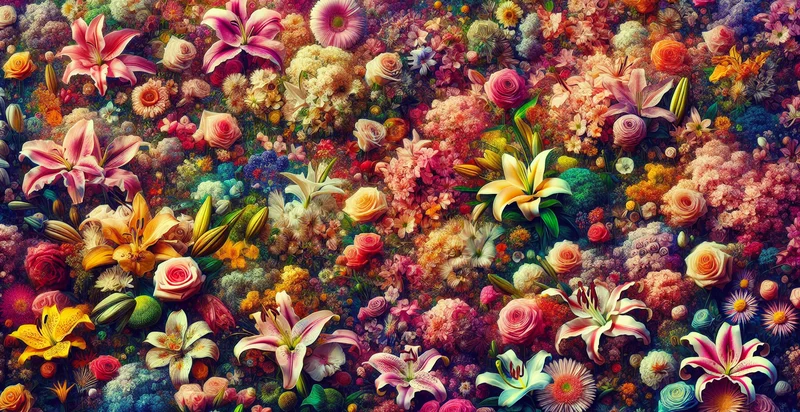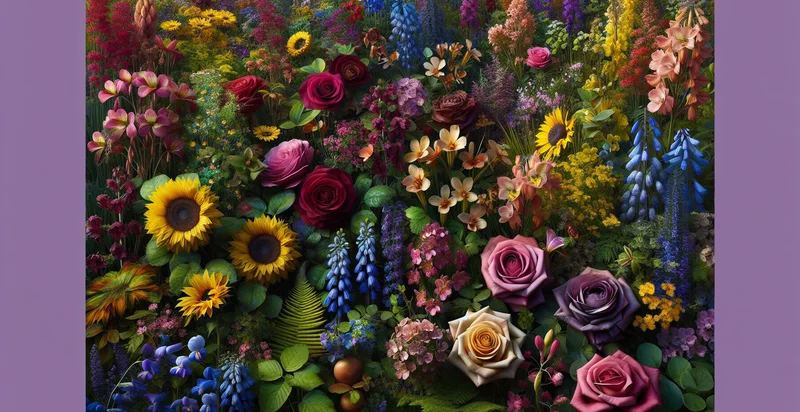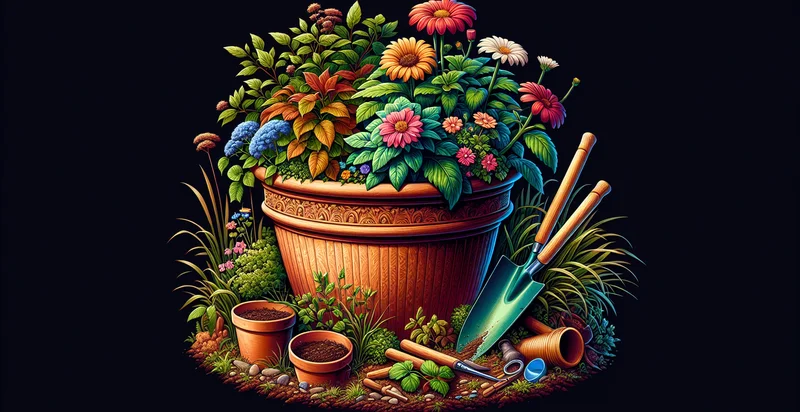Identify flower brands
using AI
Below is a free classifier to identify flower brands. Just upload your image, and our AI will predict what type of flower it is - in just seconds.

Contact us for API access
Or, use Nyckel to build highly-accurate custom classifiers in just minutes. No PhD required.
Get started
import nyckel
credentials = nyckel.Credentials("YOUR_CLIENT_ID", "YOUR_CLIENT_SECRET")
nyckel.invoke("flower-brands", "your_image_url", credentials)
fetch('https://www.nyckel.com/v1/functions/flower-brands/invoke', {
method: 'POST',
headers: {
'Authorization': 'Bearer ' + 'YOUR_BEARER_TOKEN',
'Content-Type': 'application/json',
},
body: JSON.stringify(
{"data": "your_image_url"}
)
})
.then(response => response.json())
.then(data => console.log(data));
curl -X POST \
-H "Content-Type: application/json" \
-H "Authorization: Bearer YOUR_BEARER_TOKEN" \
-d '{"data": "your_image_url"}' \
https://www.nyckel.com/v1/functions/flower-brands/invoke
How this classifier works
To start, upload your image. Our AI tool will then predict what type of flower it is.
This pretrained image model uses a Nyckel-created dataset and has 20 labels, including Carnations, Chrysanthemums, Daffodils, Daisies, Gerberas, Hydrangeas, Iris, Lavender, Lilies and Magnolias.
We'll also show a confidence score (the higher the number, the more confident the AI model is around what type of flower it is).
Whether you're just curious or building flower brands detection into your application, we hope our classifier proves helpful.
Related Classifiers
Need to identify flower brands at scale?
Get API or Zapier access to this classifier for free. It's perfect for:
- Brand Verification: This function can be used by retailers to verify the authenticity of flower brands sold by suppliers. By classifying images of floral arrangements or packaging, businesses can ensure they are receiving products from legitimate sources, reducing the risk of counterfeit goods.
- Inventory Management: Florists and distributors can leverage this image classification to streamline their inventory processes. By automatically categorizing flower brands in images taken during stock audits, businesses can improve accuracy and reduce manual errors in tracking and replenishing stock levels.
- Marketing Analytics: Marketers can use this function to analyze consumer preferences and trends in floral designs across different brands. By classifying images from social media or e-commerce platforms, businesses can tailor their marketing strategies based on the most popular flower brands among their target audience.
- Quality Control: Flower producers and suppliers can implement this classification function during quality checks. By identifying branded flowers in images, businesses can ensure only the highest quality products are shipped, helping maintain brand reputation and customer satisfaction.
- Competitive Analysis: Companies can utilize image classification to monitor competitors’ floral offerings by scanning social media and online marketplaces. This will help businesses identify trends, popular brands, and pricing strategies, enabling them to adapt and stay competitive in the market.
- E-commerce Integration: Online flower delivery services can use this function to enhance their product listings. By automatically classifying images of different flower brands and arrangements, the algorithm can help create more organized catalogs, improving customer navigation and shopping experience.
- Customer Engagement: Florists can integrate this image classification into their customer service tools. By allowing customers to upload images of flower arrangements they are interested in, the system can identify the brands and suggest similar products or arrangements, improving customer satisfaction and increasing sales opportunities.


